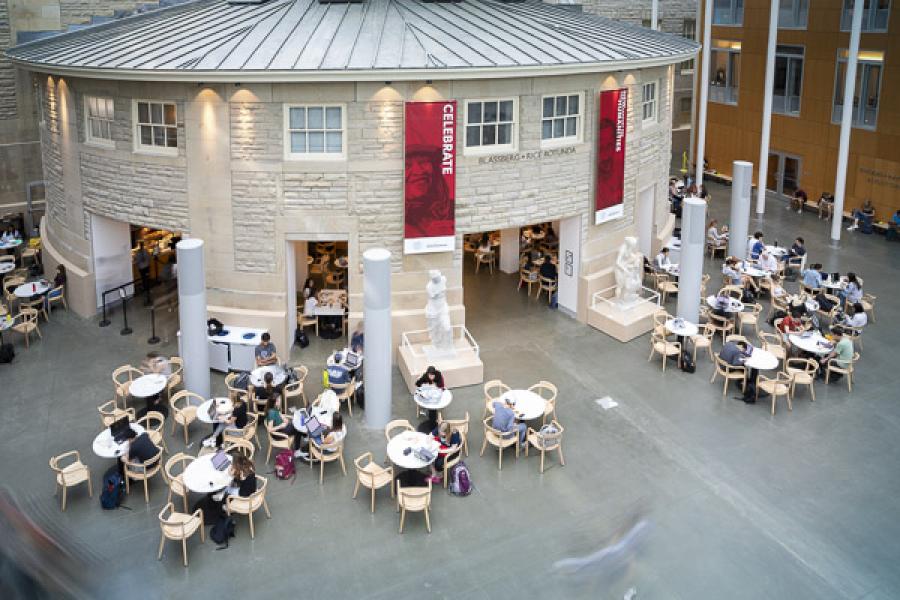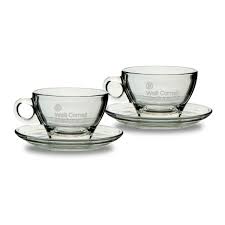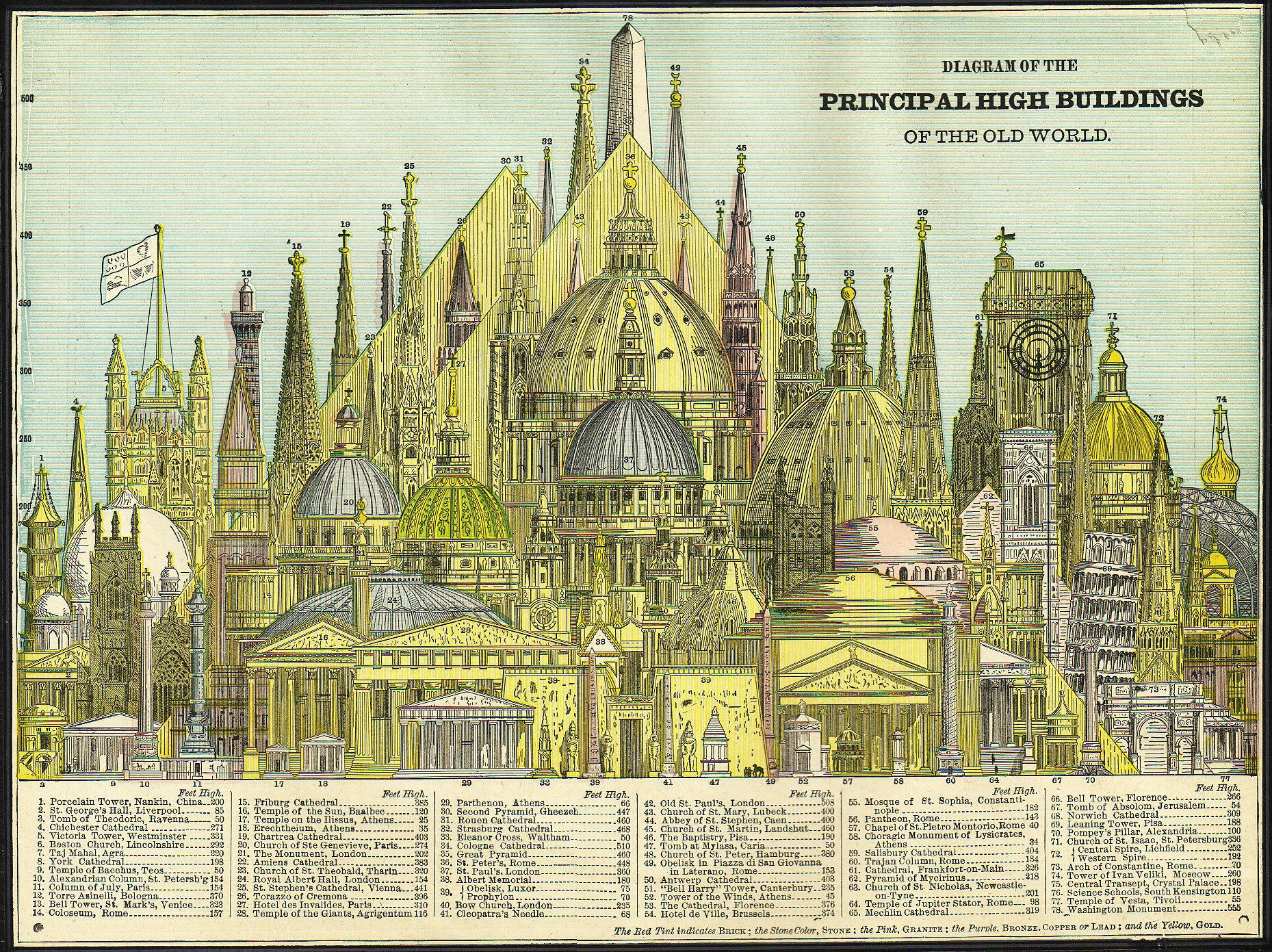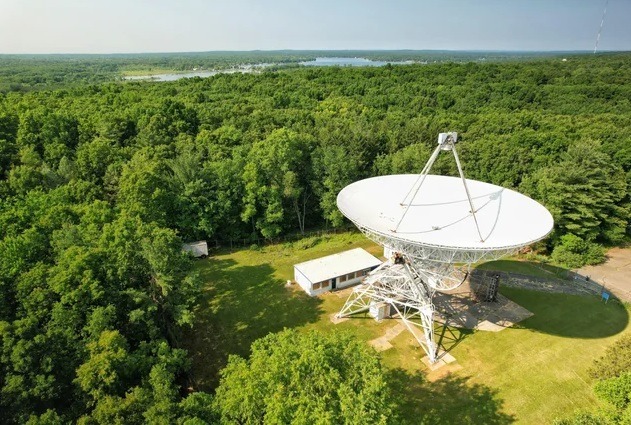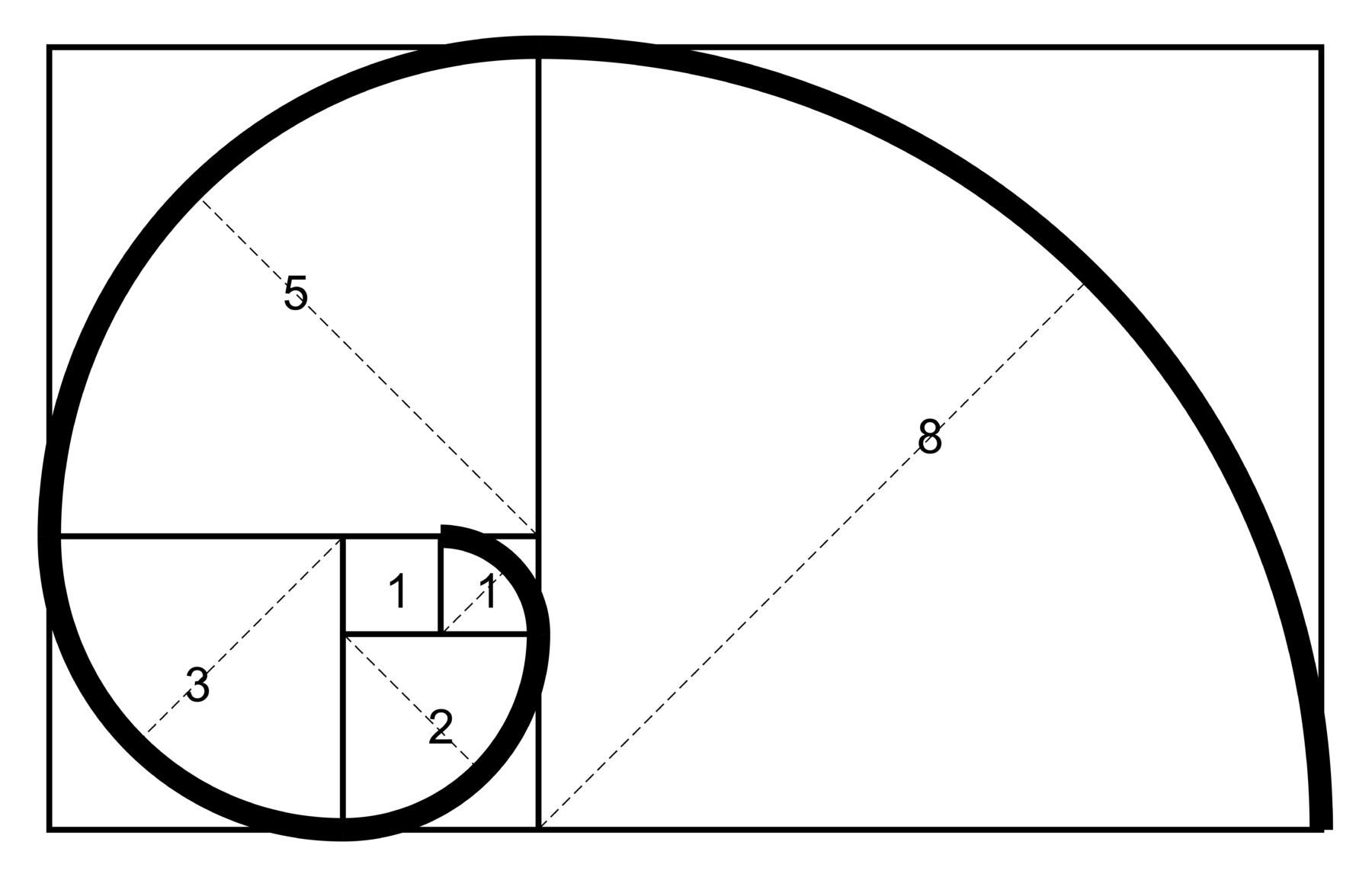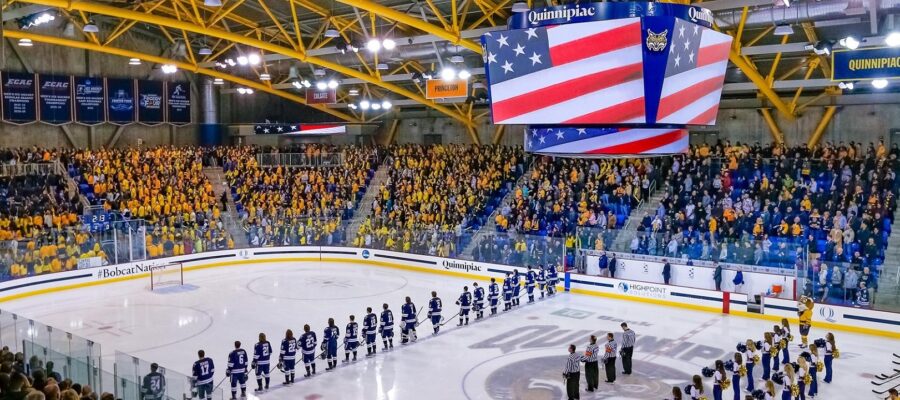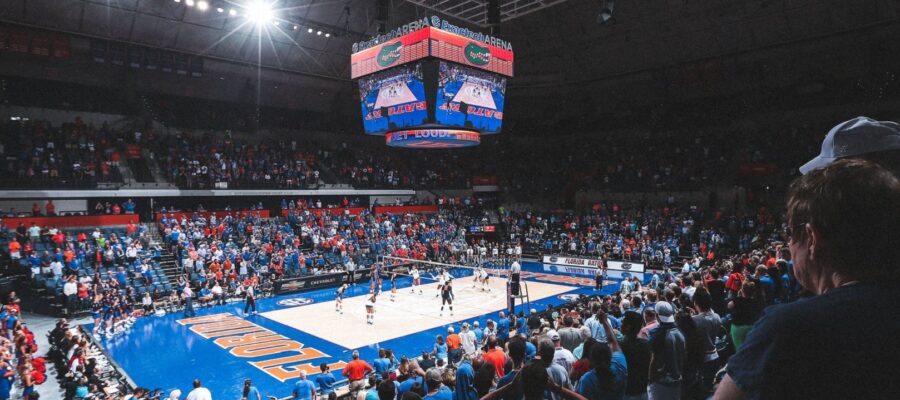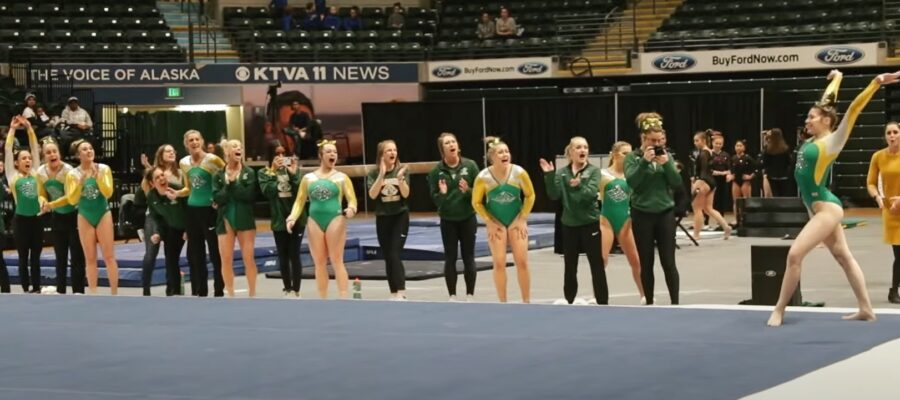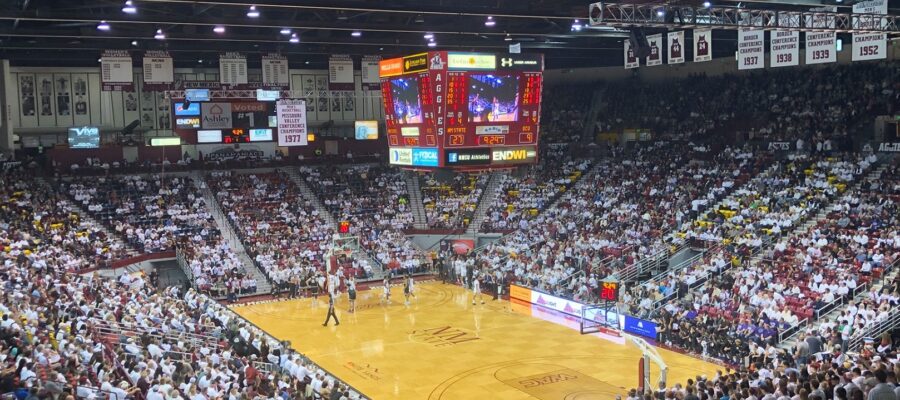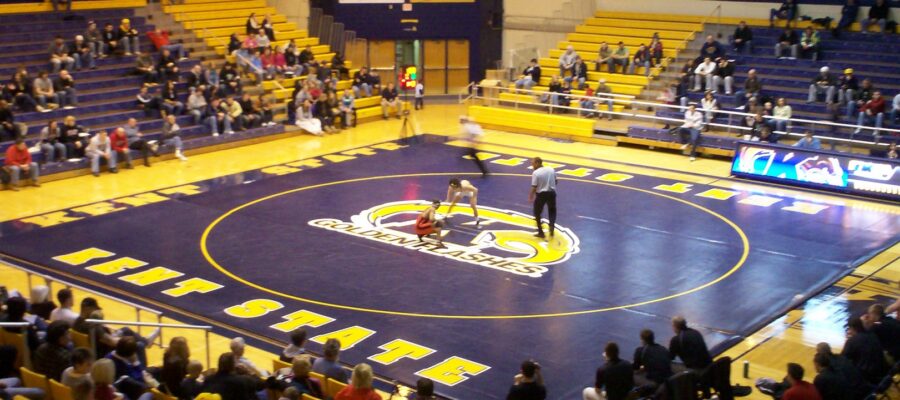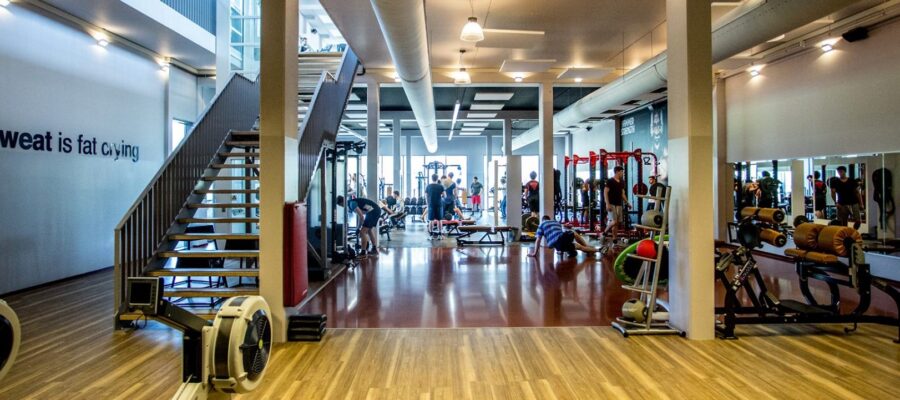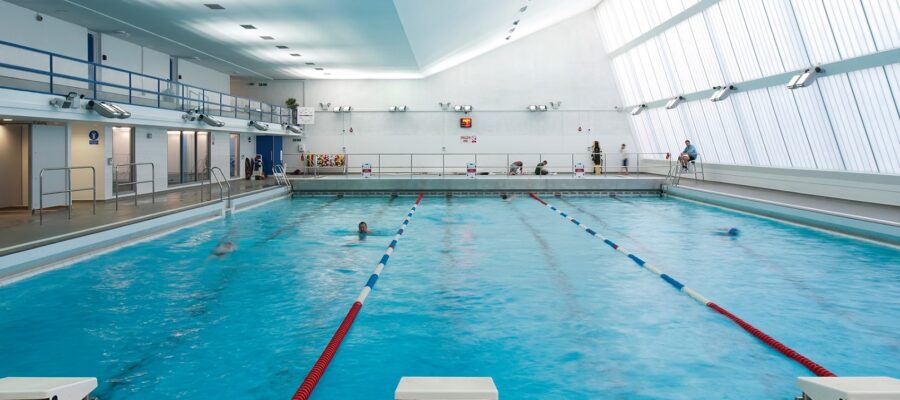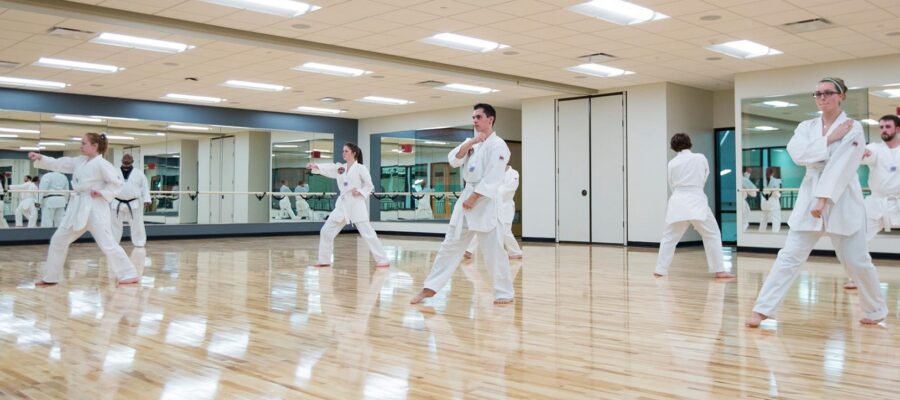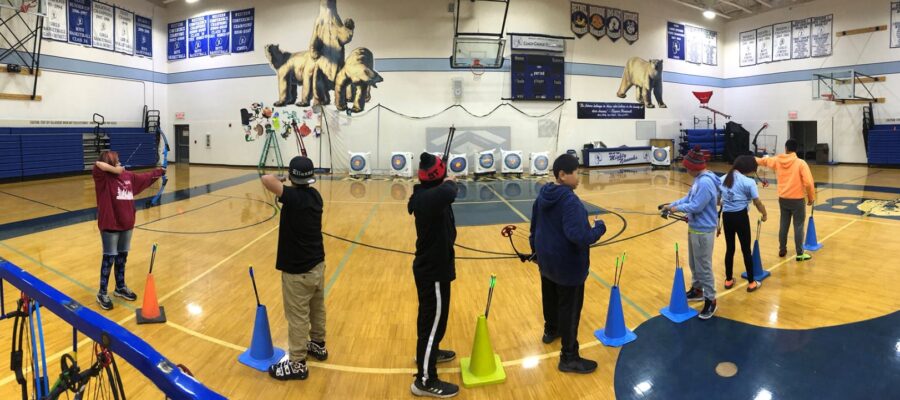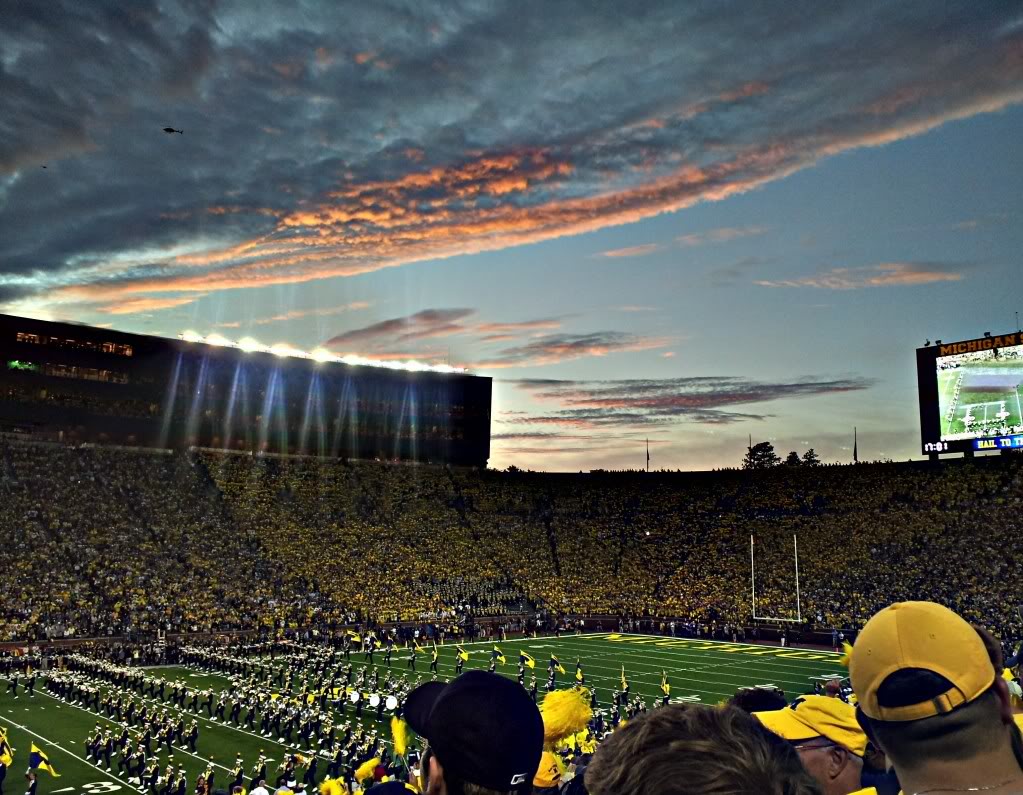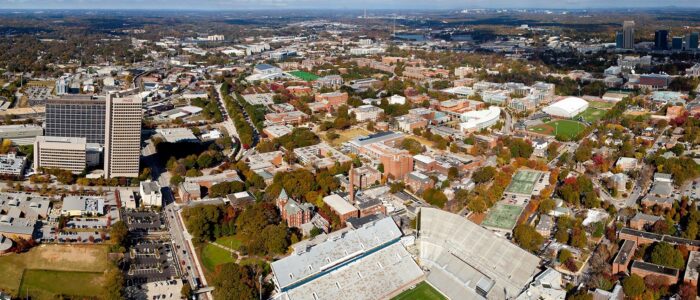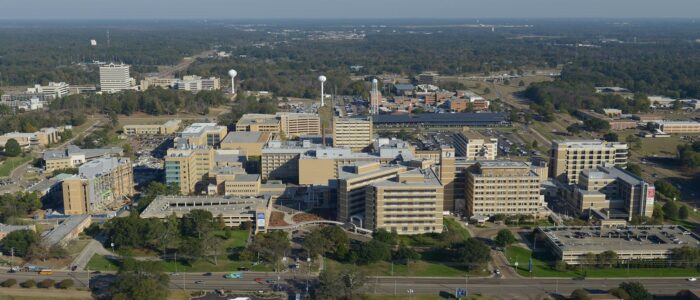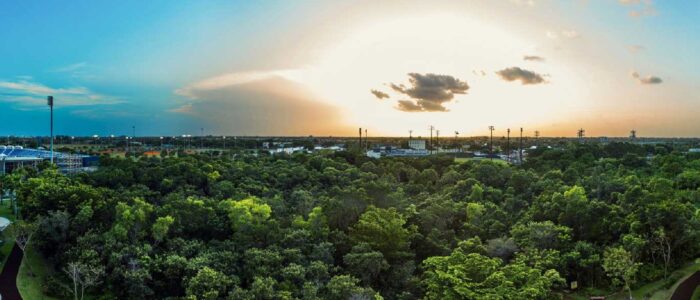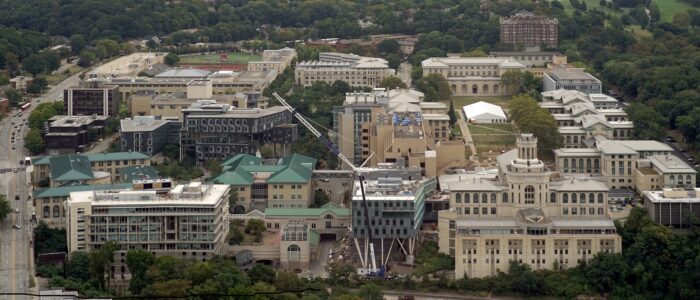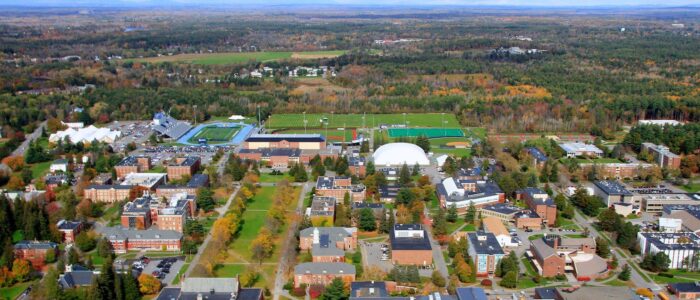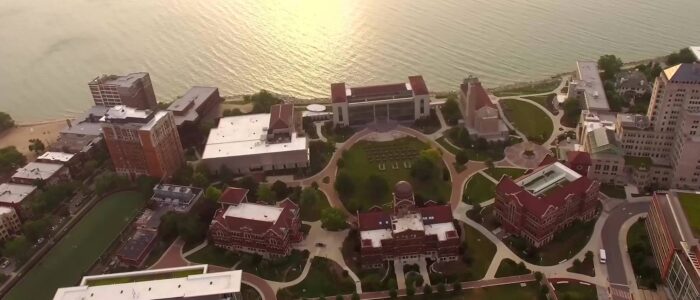Consolidated Financial Statements – June 2024: Net Position $19.548B (Page 4)
The Temple of Zeus is a popular café located in the Groos Family Atrium of Klarman Hall at Cornell University in Ithaca, New York. Established in 1964, it began as a modest coffee and donut operation in a basement storage room in Goldwin Smith Hall, designed as a neutral space for students and faculty to meet. The café’s name comes from plaster casts of statues from the Temple of Zeus in Olympia, purchased by Andrew Dickson White in 1881, some of which still decorate the Arts & Sciences Career Development Center and Klarman Hall atrium.
Since moving to Klarman Hall in 2016, the café has grown significantly, serving nearly 900 customers daily. It offers a menu focused on healthy, locally sourced food, including creative soups (like Choklay’s Lentil, Tomato Garlic, and Curried Cauliflower), made-to-order sandwiches, salads, and baked goods. Beverages include locally roasted Copper Horse Coffee and Gimme Coffee, with a discount for bringing your own mug. The café is known for its vegetarian and vegan options, yogurt from Ithaca Milk, and seasonal fruit from local growers.
The current space is bright and spacious with 170 seats, a stark contrast to its original dingy basement setting with recycled Navy ROTC furniture. It’s a vibrant hub for students and faculty, fostering a communal atmosphere. The café employs four full-time staff, two student managers, and 50 student workers, and is managed by Keith Mercovich, who emphasizes high-quality, healthy food. It operates Monday through Friday, 8:00 AM to 3:00 PM, and is closed on weekends.
Historically, it was a gathering spot for notable faculty like Archie Ammons and Roald Hoffmann, and it remains a cherished part of Cornell’s campus culture, with a 2017 petition ensuring its name remained unchanged despite rumors of a potential rename. The café also faced a temporary closure in 2020 but reopened with a simplified menu focusing on classics like soups and scones.
For these two Cornellians, sustainable travel is in the “bag.”
Married couple Quinn Cox ’’5 and Lilia Karimi ;15 pioneered a simple — but ingenious — way for hotel guests to donate unwanted items
Read more about their efforts and how it all started on the Hill at… pic.twitter.com/WrLmLQZw5I
— Cornell University (@Cornell) June 5, 2025



